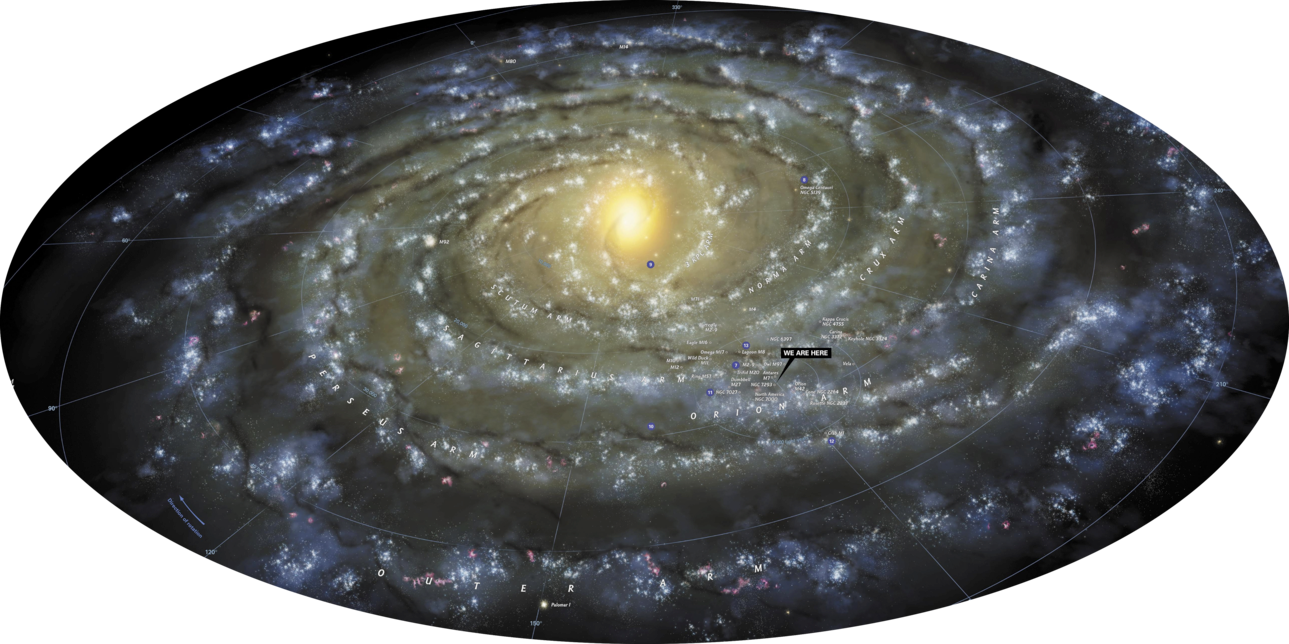Daily Image
15-05-2012Colloquium: 'The ionized Galactic disk - Radio Recombination Line survey at 1.4 GHz with HIPASS'
| Submitter: | Marta Alves (Institut d'Astrophysique Spatiale, Paris) |
| Description: | Radio Recombination Lines (RRLs) have been widely used to detect and catalogue HII regions, which trace current formation of massive stars. The diffuse electron gas along the Galactic plane is also of intrinsic interest. Its detection complements the data available from catalogues of HII regions and more importantly it helps to answer open questions on the relationship between the narrow and the thick components of the Warm Ionized Medium, namely the filling factor and the transport of the ionizing radiation from the hot stars to the broad distribution. I use three RRLs at 1.4 GHz from the Parkes All-Sky Survey and associated Zone of Avoidance Survey to map the diffuse ionized gas within 4 degrees of the Galactic plane, between longitudes of 20 to 44 degrees, at 14.8 arcmin resolution. This is the first fully-sampled map of RRL emission giving the first unambiguous free-free emission map in this region. The electron temperature (Te) distribution of the ionized gas in the area under study is derived using the line and continuum data from the same survey. It is found that the diffuse medium has similar Te to that of the individual HII regions, with a mean value of 6000 K in the Galactic plane. Subtraction of the free-free component from the total continuum leads to the first direct measurement of the synchrotron emission at 1.4 GHz; its latitude distribution shows a narrow component of width 2 degrees. I also produce lists of HII regions and Supernova Remnants (SNRs) using the thermal and non-thermal maps, where I confirm the synchrotron nature of two proposed SNRs by Kaplan et al. and the SNR G35.6-0.4 recently re-identified by Green. |
| Copyright: | Picture Credits: National Geographic |
| Tweet |  |
